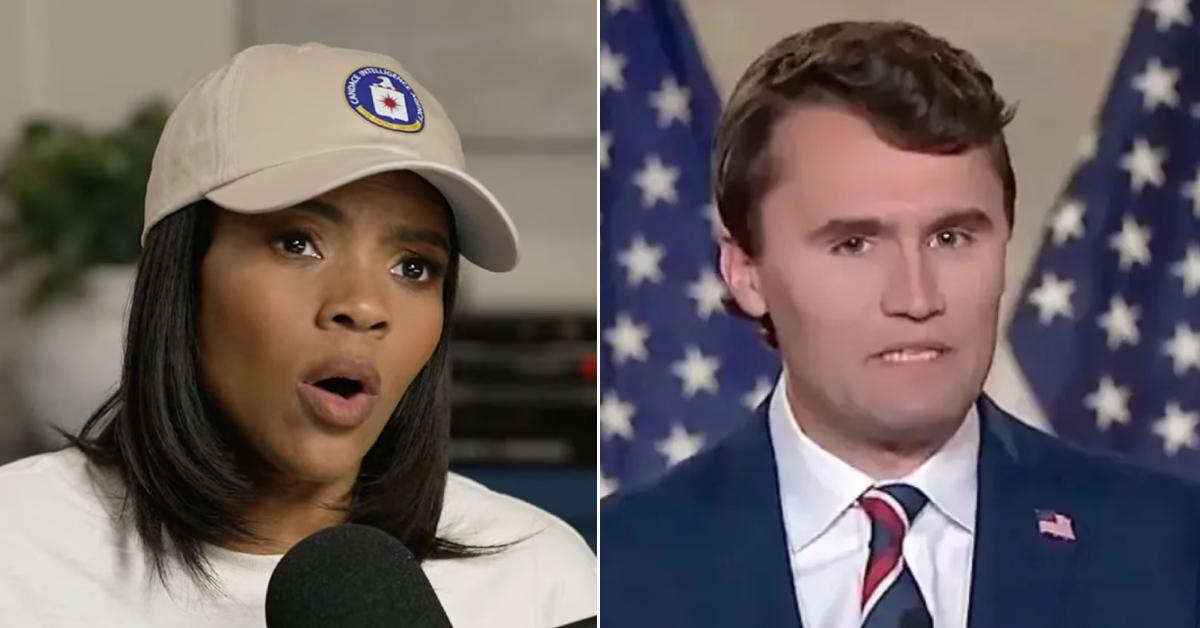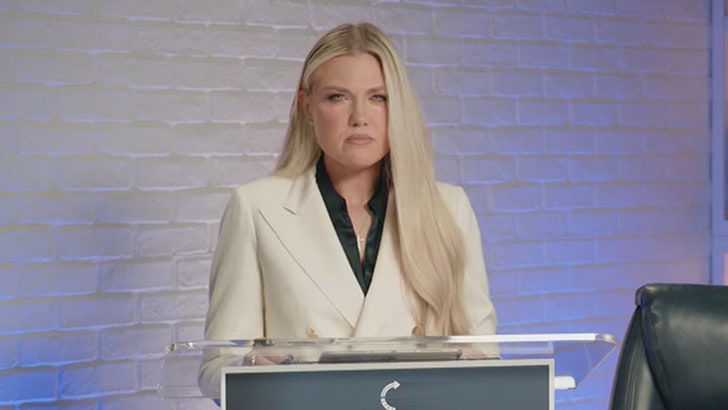The Public Declaration
Candace Owens has declared that she has set up what she describes as a digital “dead-man switch”, in which she says a package of documents — texts, emails, videos and legal records — has been entrusted to multiple individuals and will be released automatically if something happens to her. (International Business Times UK)
This announcement represents a striking escalation in Owens’s public posture — moving from commentator to self-appointed investigator in a high-stakes political and media drama. She frames her actions as a defensive move: she says she is facing threats, financial pressure, and institutional alignment against her.
The Investigation into Charlie Kirk’s Death

A core driver of this move by Owens is her ongoing public dispute with the official narrative surrounding Charlie Kirk’s death. According to publicly reported statements:
-
Owens has questioned the prosecutorial account of the killing, specifically the role of the accused shooter, Tyler Robinson, which law enforcement have described as based on “overwhelming physical and digital evidence.” (The Cowl)
-
She claims that aspects of the official record do not align — e.g., she asserts that surveillance footage is missing, that the suspect was misidentified, or that there may have been other individuals present. (The Cowl)
-
Owens further contends that powerful entities — donors, media organizations, political networks — may have had motives to suppress or spin the full truth about Kirk’s death. (The Independent)
It is important to emphasize that none of these claims have been independently corroborated in the mainstream press or judicial record to date. They remain allegations.
What is a Dead-Man Switch and Why Use It?

In her own words, Owens describes her “dead-man switch” as follows: she has placed sealed files with trusted associates (“custodians”) and given them explicit instructions to publish the materials if she is incapacitated, silenced, or otherwise prevented from speaking. (International Business Times UK)
Assumption (not confirmed): She intends this mechanism as protection against perceived threats to her safety or ability to publish. The presence of the switch signals that she believes the opposition she faces is existential in nature.
Some experts quoted in reporting caution that the practical and legal efficacy of such setups is uncertain — it may serve more as a symbolic deterrent than a foolproof guarantee. (International Business Times UK)
Points of Fact vs. Points of Assumption

Here’s where things stand clearly:
Facts:
-
Owens has publicly announced the switch. (International Business Times UK)
-
She is publicly questioning the official account of Kirk’s death. (The Cowl)
-
Media outlets note that her allegations remain unverified. (The Independent)
-
The official narrative remains that Tyler Robinson is charged in the killing, and authorities maintain the investigation is ongoing. (The Cowl)
Assumptions or claims not yet verified:
-
That there is a wide-ranging conspiracy involving major donors, media and political entities controlling or suppressing the narrative.
-
That Owens’s document cache will (or can) actually expose incontrovertible proof accessible to the public in a timely way.
-
That Owens or other parties are in immediate danger physically or legally in a way that ties directly to the switch being triggered.
-
That the official investigation is fundamentally flawed or deliberately manipulated (this remains a hypothesis).
Why This Matters

Whether or not all of Owens’s claims are ultimately proven, the situation raises several broader issues:
-
The intersection of media, politics and investigative narratives: One public figure has placed herself at the centre of a contested story and framed herself as both witness and potential whistle-blower.
-
The role of digital contingency planning and how public figures prepare for suppression, legal risks or reputation attacks.
-
The importance of transparency and verification when serious claims are made against institutions or official accounts. When allegations of suppression or conspiracy arise, the burden of proof remains high.
-
The fact that public trust in major institutions — law enforcement, government investigations, media outlets — is a backdrop to why such claims find traction. Many of the reporting outlets note that the very lack of publicly released footage or full disclosure fosters an environment of doubt. (The Cowl)
What Comes Next?

Key questions to watch:
-
Will Owens’s custodians release the material, and will it be subject to independent verification?
-
Will law enforcement release previously unreleased evidence or clarifications about gaps in the publicly known investigation?
-
Will legal action arise — either defamation suits or lawsuits about the material Owens claims to hold?
-
Will this incident shift how future commentators, influencers and investigators handle claims of systemic suppression or digital whistle-blowing?
Conclusion
Candace Owens has taken a dramatic step: by activating a digital dead-man switch and publicly linking it to her doubts about the death of Charlie Kirk, she has placed herself in a rare and precarious position — part investigator, part activist, part potential whistle-blower.
If the documents she claims to hold are legitimate and independently verified, they could bring new clarity to a controversial and tragic event. If not, the declaration may still serve as a powerful tactic: a way to protect herself, mobilize supporters, and force further public scrutiny of a case and a movement.
In either scenario, the story is not simply about the facts we know — it is also about the questions we must ask: Who decides what truth is released? What happens when that truth is challenged? And how do we distinguish between legitimate inquiry and speculation in an age where narratives can shift instantly?
For now, the switch is flipped. The spotlight is on. And the world waits — to see if silence will remain or if the truth, buried or not, will finally speak.
